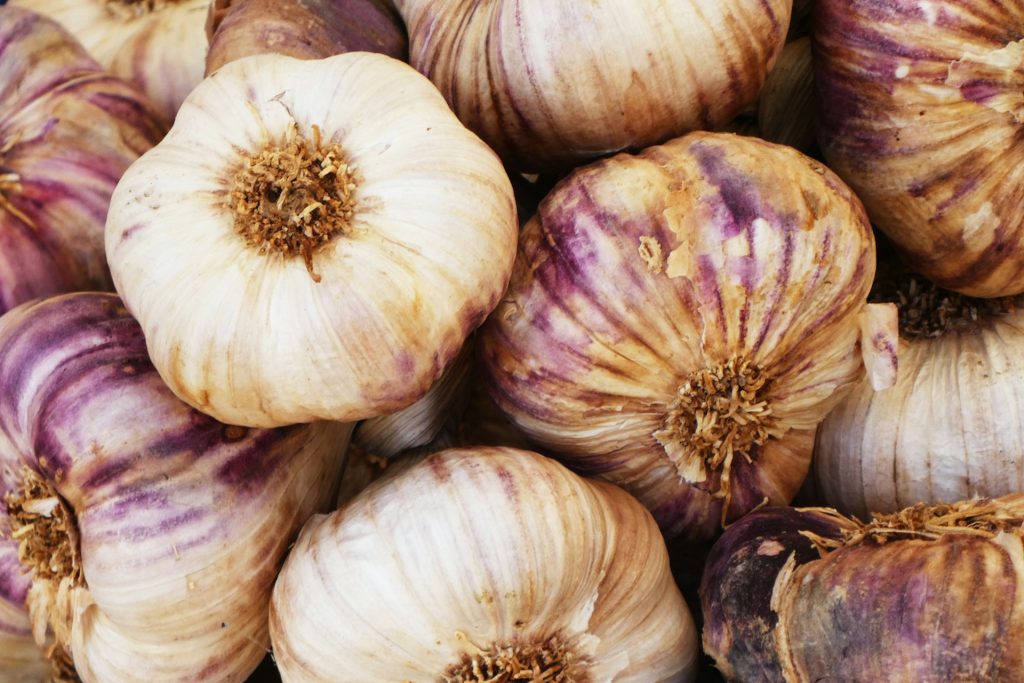Reducing salt in your cooking doesn’t mean sacrificing flavor. In fact, learning how to build layers of taste using other ingredients can make your meals more exciting and heart-healthy. Whether you’re looking to cut back on sodium for health reasons or just want to try something new, these simple tips will elevate your dishes without a pinch of salt.

1. Embrace Fresh Herbs and Spices
Fresh herbs like basil, cilantro, rosemary, and thyme can add vibrant flavors to any dish. Pair them with spices such as smoked paprika, cumin, or turmeric to create depth and complexity. A sprinkle of freshly chopped parsley or dill can brighten up your meal instantly.
2. Use Acidic Ingredients
Acidity can mimic the flavor-enhancing effect of salt. Add a splash of lemon juice, vinegar, or even a touch of tamarind to boost brightness in soups, salads, and roasted vegetables. Acidity balances flavors and brings out the natural sweetness of ingredients.
3. Experiment with Umami
Umami, the fifth taste, is the savory sensation that makes food satisfying. Ingredients like mushrooms, tomatoes, nutritional yeast, miso paste, and fermented foods are excellent sources of umami. Try adding a touch of tomato paste to stews or tossing roasted vegetables with miso glaze for an intense flavor boost.

4. Incorporate Aromatics
Onions, garlic, ginger, and shallots are the building blocks of many flavorful dishes. Slowly sautéing these ingredients releases their natural sweetness and adds richness. For an extra layer of aroma, toast whole spices in a dry pan before using them.

5. Roast or Char Your Ingredients
Cooking techniques like roasting, grilling, or charring bring out the natural sweetness and smoky notes in vegetables, meats, and even fruits. Roasting carrots, broccoli, or cherry tomatoes concentrates their flavors and eliminates the need for added salt.
6. Add Texture
Crunchy toppings like toasted nuts, seeds, or breadcrumbs can enhance the overall experience of a dish. A sprinkle of pumpkin seeds over a salad or chopped almonds on roasted vegetables adds texture and flavor without sodium.
7. Try Infused Oils and Vinegars
Infused oils and vinegars are a quick way to add depth to your meals. Drizzle garlic-infused olive oil over steamed vegetables or use a chili vinegar to bring a touch of heat and tang to your dishes.
8. Lean on Citrus Zest
Zest from lemons, limes, and oranges adds a burst of fresh, concentrated citrus flavor. It’s especially effective in salads, marinades, and baked goods, creating a bright, salt-free taste.
9. Use Broths Wisely
Opt for low-sodium or homemade broths to add flavor to soups, stews, and grains. Enhancing broths with fresh herbs, garlic, or a splash of wine can make them taste even more robust.

10. Balance Flavors with Sweetness
A touch of natural sweetness from honey, maple syrup, or roasted vegetables can counterbalance bitter or tangy flavors, reducing the perceived need for salt.
Conclusion
Cooking without salt is an opportunity to explore the richness of natural flavors and experiment with ingredients you may not have used before. By focusing on fresh herbs, spices, acids, and umami-rich foods, you can create heart-healthy meals that are anything but bland.
Ready to try salt-free cooking? Experiment with these tips and share your favorite flavor-building hacks in the comments below!



